A NASA spacecraft has survived a historic close flyby of the sun.
The mission operations team received a beacon tone from the Parker Solar Probe, signaling that it was still functioning after the record-near approach.
"Right now, Parker Solar Probe has achieved what we designed the mission for," Nicola Fox, NASA's associate administrator for science missions, said in a video update on Tuesday. "Right now, Parker Solar Probe is flying closer to a star than anything has ever been before and is the orbit that we really designed the mission for."
The probe "phoned home" just before midnight EST (0500 GMT) on Thursday. The team had been of contact with the spacecraft since its last beacon tone on Dec. 20.
The probe flew within 3.8 million miles (6.1 million kilometers) of the solar surface to "touch the sun" in what was the closest approach to the star by any human-made object. At the time, the spacecraft was streaking by the sun at a mind-blowing 430,000 mph (690,000 kph), making it the fastest spacecraft ever, NASA has said. It was expected to experience scorching hot temperatures of up to 1,800 degrees Fahrenheit (980 degrees Celsius) during the encounter.
A more robust status update from Parker Solar Probe is expected on New Year's Day, Jan. 1, when the probe is programmed to beam its first telemetry and housekeeping data to Earth since the flyby. It's only then that scientists will know if the spacecraft collected the expected observations of the sun from the flyby, JHUAPL spokesperson Michael Buckley told Space.com in an email.
"This gives the team a better picture of overall spacecraft and subsystem/instrument health, including whether Parker’s data recorders are full," Buckley wrote. JHUAPL is overseeing the $1.5 billion Parker Solar Probe mission for NASA.
The Christmas Eve close flyby of the sun by the Parker Solar Probe was the pinnacle of the spacecraft's mission. NASA launched the probe in 2018 on a mission to study the sun like never before, but to do that the spacecraft had to get closer to the star than anything built by human hands in history. Scientists hope the probe will help explain why the outer layers of the sun's atmosphere, like its corona, are so much hotter than the surface of the star itself.
In order to get close to the sun, the Parker Solar Probe flew by Venus seven times to snag gravity boosts that accelerated up to its current speed. It also swung around the sun 21 different times, speeding up at getting ever closer with each pass. The Dec. 24 flyby marked the 22nd sun flyby by the Parker Solar Probe, and is the closest the probe will get to the star. It has at least two more orbits ahead at the same speed and distance from the sun, NASA has said.
“This is one example of NASA’s bold missions, doing something that no one else has ever done before to answer longstanding questions about our universe,” said Parker Solar Probe program scientist Arik Posner at NASA Headquarters in Washington in a Dec. 20 statement. "We can’t wait to receive that first status update from the spacecraft and start receiving the science data in the coming weeks."
If all goes well, the Parker Solar Probe's first science data from its Christmas Eve sun flyby should be transmitted to Earth in late January, mission officials said.
.png)
 1 week ago
19
1 week ago
19
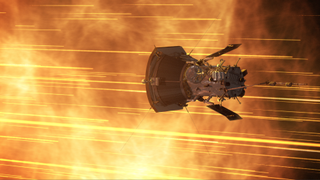

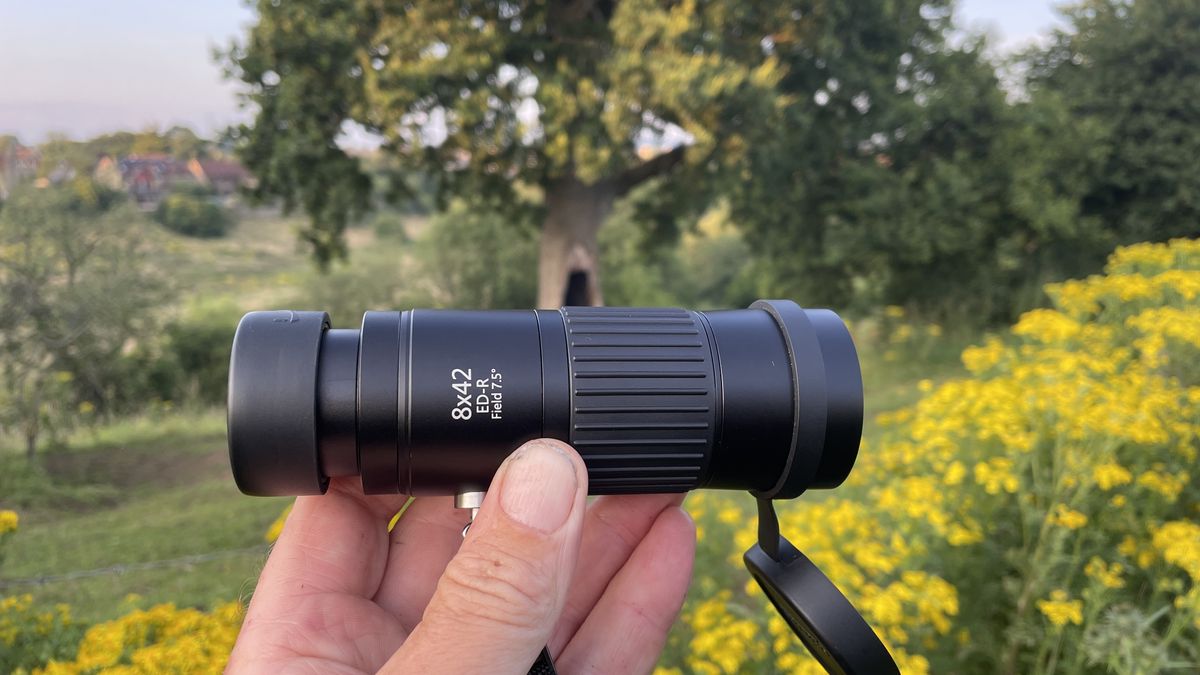
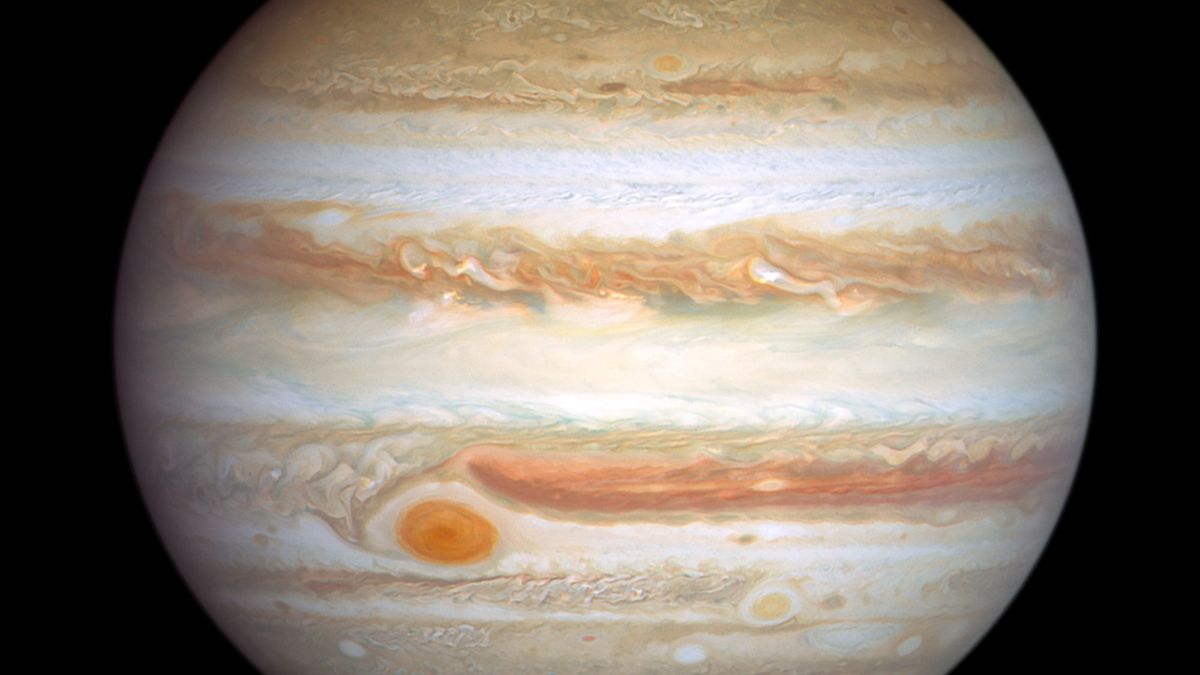

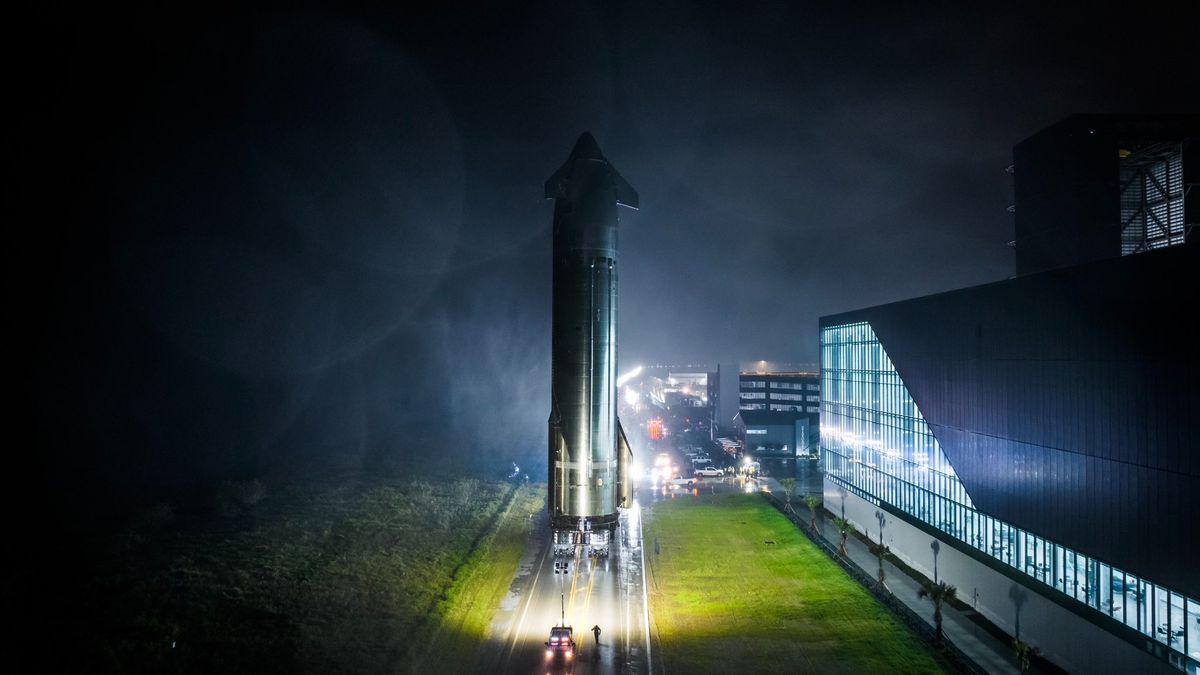
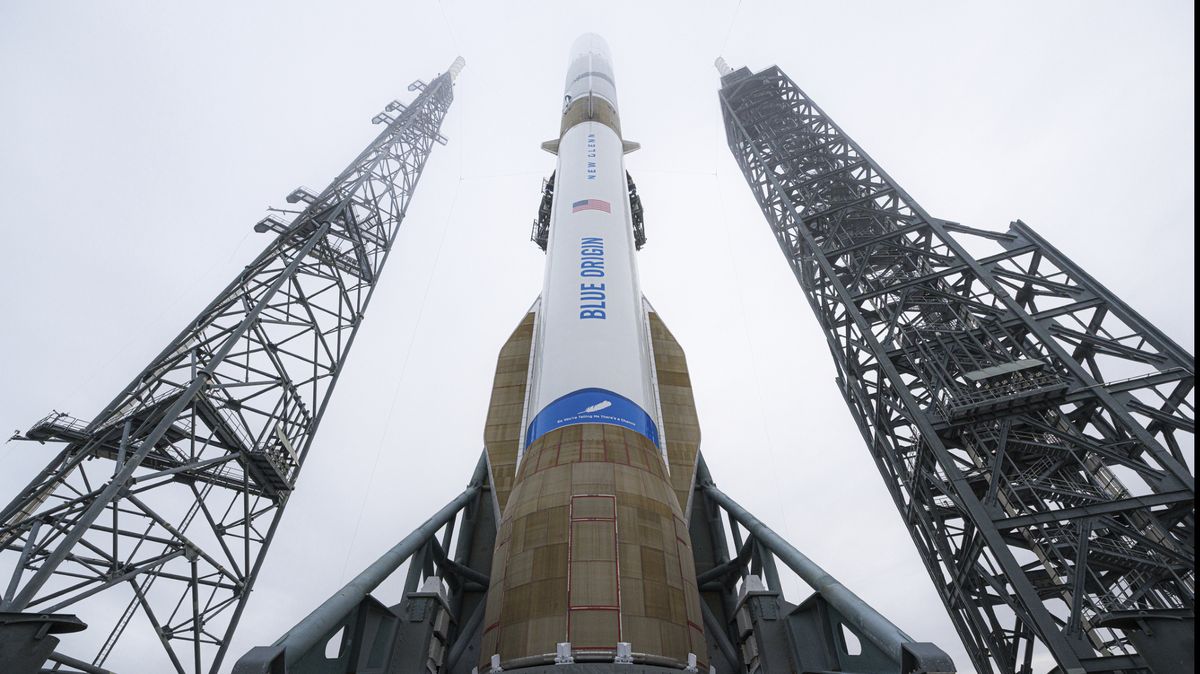
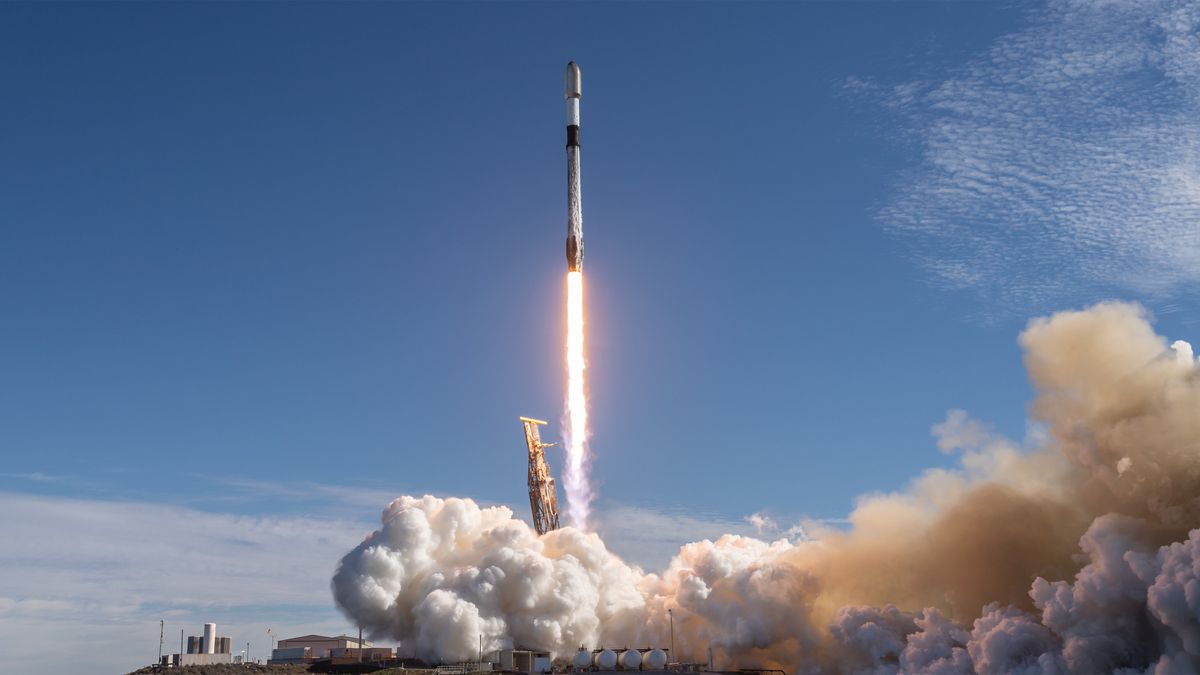
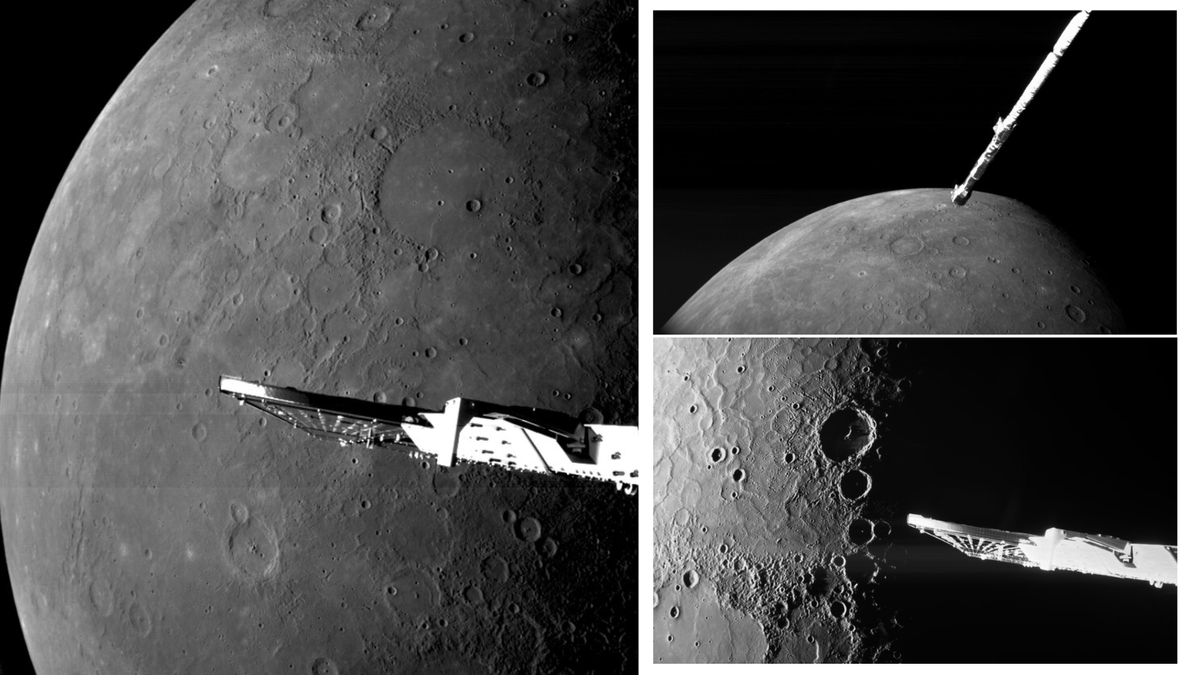
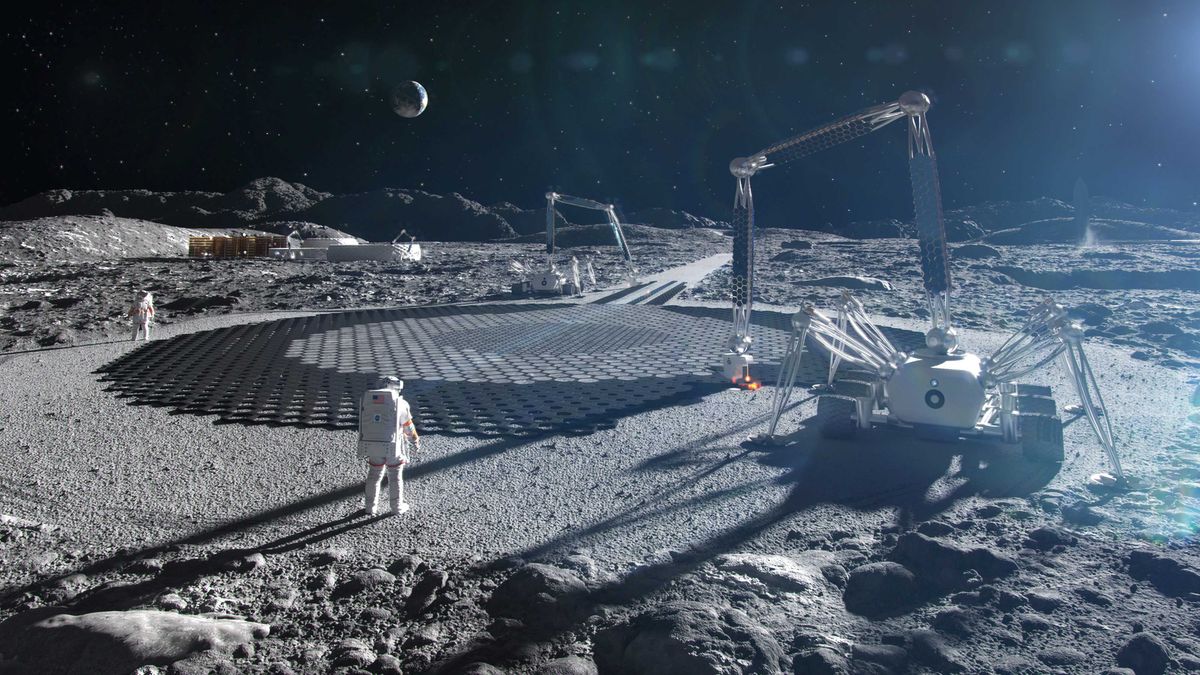
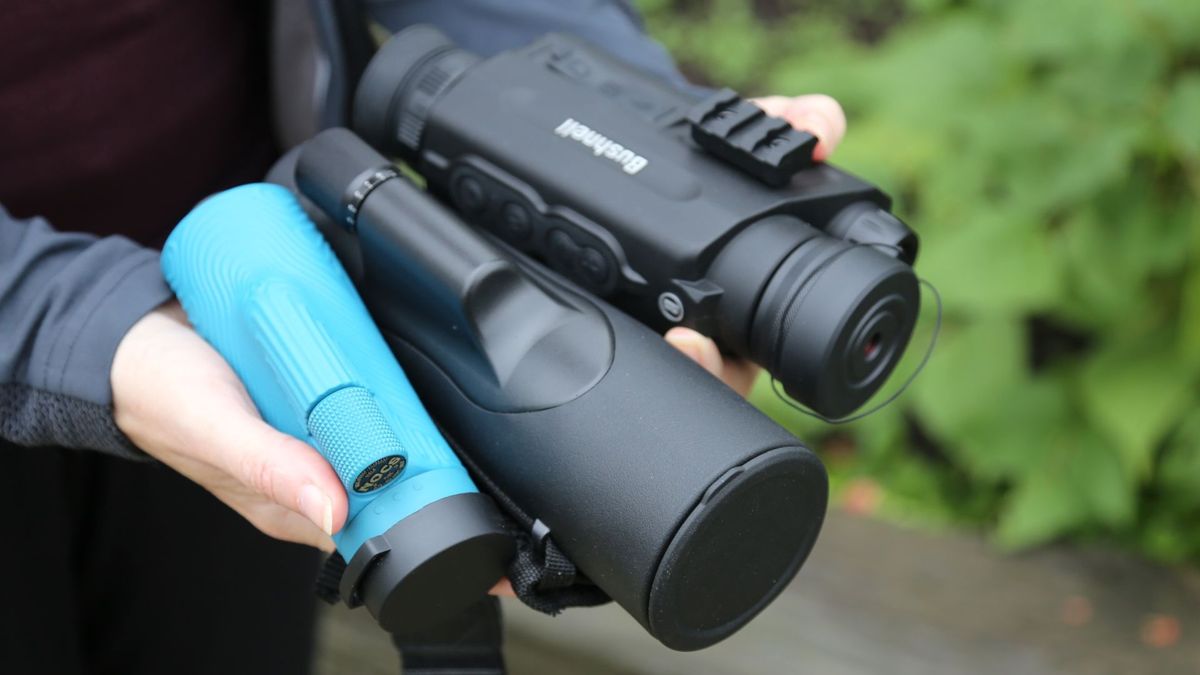
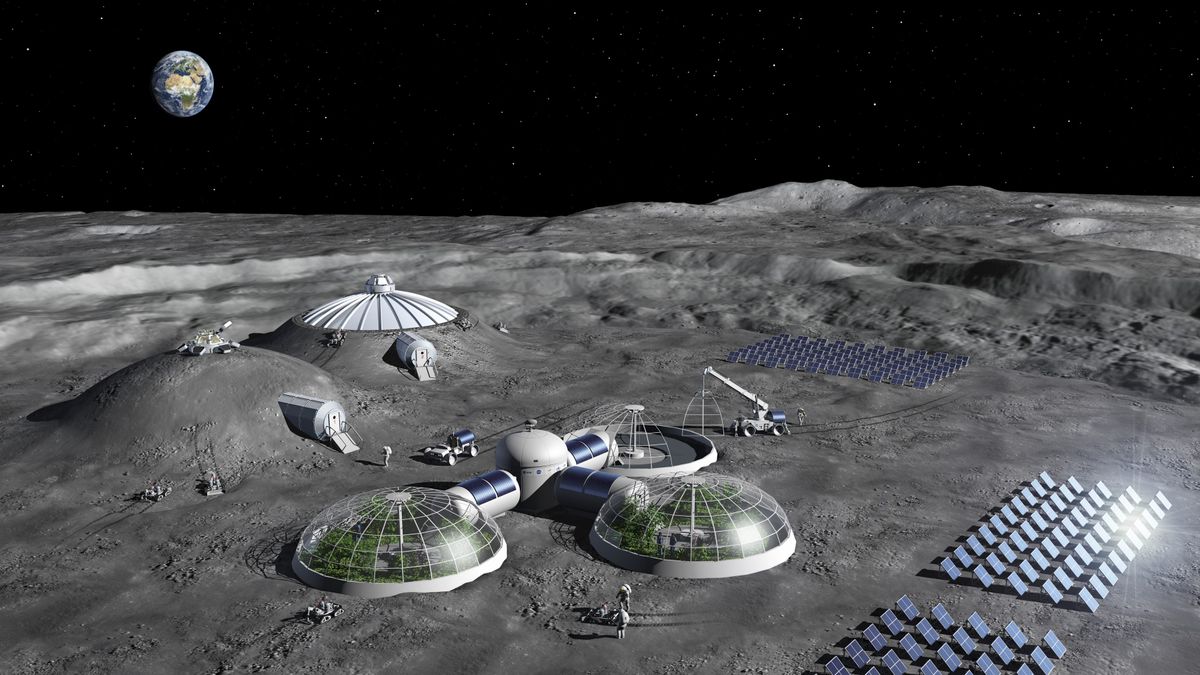
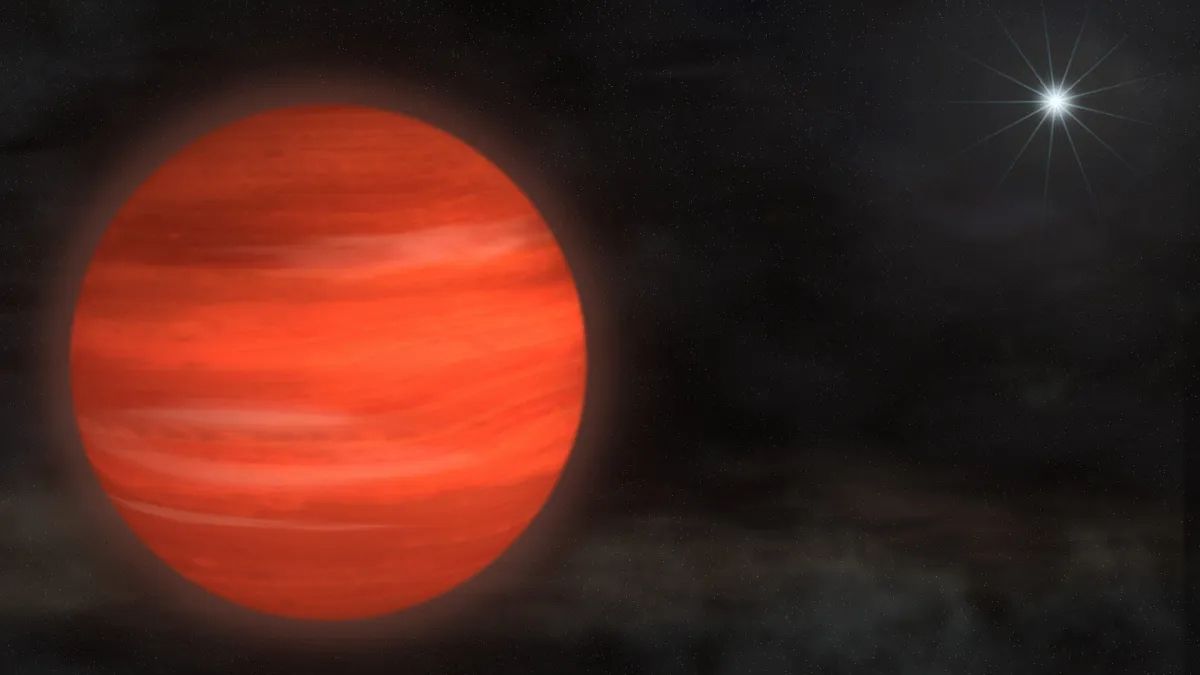






















 Bengali (BD) ·
Bengali (BD) ·  English (US) ·
English (US) ·